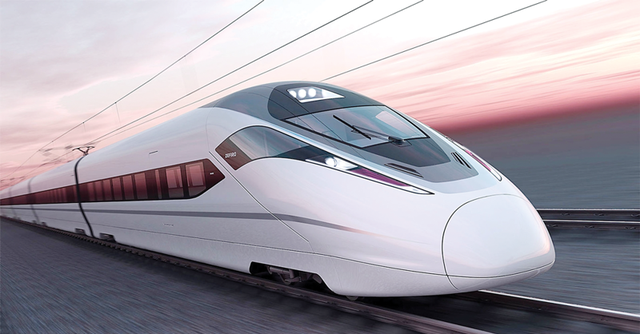
While the massive sum may raise eyebrows, experts argue that the project’s scale is both realistic and manageable given Vietnam’s current economic outlook and thorough planning.
For nearly 15 years, Vietnam has been researching this high-speed rail link, which would significantly shorten travel times between the country’s two economic hubs, Hanoi and Ho Chi Minh City. Back in 2010, when Vietnam’s GDP was only $147 billion, the estimated $56 billion required for the project represented a staggering 38% of the country’s economy, pushing the public debt to nearly 57% of GDP—a figure close to the maximum allowable limit.
Fast forward to 2024, and Vietnam’s economic landscape has changed dramatically. This year, the economy is forecast to exceed $465 billion, more than three times its size in 2010. With this growth, the $67 billion investment in the high-speed railway is no longer viewed as a prohibitive financial burden.
Shantanu Chakraborty, the Asian Development Bank’s Country Director for Vietnam, emphasized the project’s potential: “If executed correctly, this high-speed railway could be a game-changer for Vietnam. Globally, similar projects have been catalysts for economic growth, and we expect the same here. The strategic importance of this project cannot be overstated, and we are excited to see it move forward.”
According to assessments from Vietnam’s Ministry of Finance, key public debt indicators—public debt, government debt, and external national debt—are projected to remain 5% to 15% below the allowable limits through 2030, even with this significant investment.
National Assembly Finance and Budget Committee member Hoang Van Cuong noted that “Our current public debt stands at 37%, well below the 60% limit. This gives us ample room to raise funds, potentially up to $100 billion, without exceeding safe levels of public debt.”
The timeline for the completion of the high-speed railway is estimated at around 10 years. This means Vietnam will need to allocate approximately $5.6 billion annually, or around 145 trillion VND, to the project over the next decade.
This yearly investment will represent around 24.5% of the medium-term public investment budget from 2021 to 2025 and will decrease to 16.2% during the 2026-2030 period. These proportions are considered manageable within the context of Vietnam’s projected economic growth, making the high-speed rail project an ambitious yet attainable goal.
